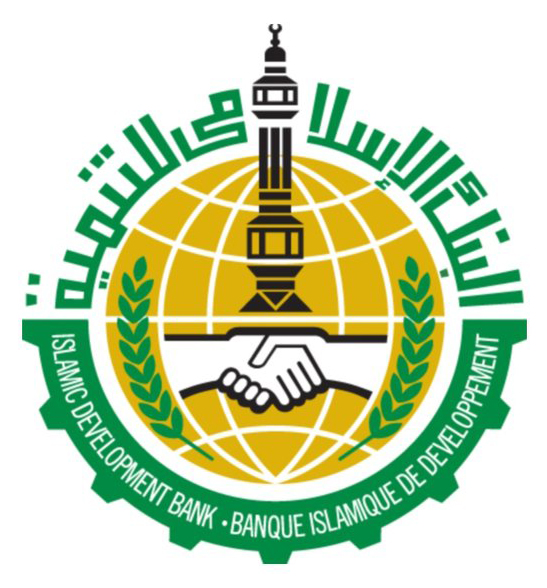The Guyana Power and Light Company Incorporated (GPL) has received approval for a US$20 million loan from the Islamic Development Bank (IsDB) and will use it to begin a planned upgrade project, which will see a Jamaican electrical engineer being brought in to overlook its execution.
The loan is only one of several that the utility company has been looking to secure as it sets out to meet the US$110 million needed for upgrades that would reduce power outages.
Government, sources say, is also working with the Inter-American Development Bank (IDB) and is close to securing US$5 million, which will be put towards another GPL upgrade project.
While a General Procurement Notice in the July 4th edition of the Stabroek News stated that the utility company had applied for the funding, sources close to the deal informed that the money has been approved.
However, it is unclear if the US$20 million forms part of the US$900 million purse that the IsDB said it had ready to afford the government for projects.
This would be a historic disbursement from the IsDB and will spark further questions about the debt levels that Guyana is taking on.
This newspaper was also told that Jamaican electrical engineer Colin Forsythe will be responsible for the upgrade project’s execution and keeping the schedule in line with IsDB requirements.
“The government of the Cooperative Republic of Guyana has applied for financing in the amount of US$20,000,000 equivalent from the Islamic Development Bank (IsDB) towards meeting funding shortfall to satisfy the targets of the Power Utility Upgrade Program, namely reduction of overall electricity losses and improvement in the safety and reliability of the system,” the notice stated.
GPL, according to the notice, intends to apply the proceeds to payments for goods, works, related services and consulting services to be procured under the project.
Divided into six components, the works include upgrades to a number of lines that the company believes contributes to the number of blackouts experienced by its customers.
Those works include “(i) rehabilitation of 153km of medium and low voltage distribution network, including the upgrade of the associated metering infrastructure, (ii) construction of new and upgraded substations at Kingston and Vreed-en-Hoop respectively, including associated feeder and transformer reconfiguration, (iii) consultancy services for the supervision of the works, (iv) project management support and start up workshop, (v) financial audits, and (vi) Environmental and Social Impact Assessment (ESIA) study.”
GPL explained that the first five components would be financed by the IsDB. In component one, it said the works will include “mainly the installation of new poles transformers, conductors (anti-theft conductors included), installation of distribution boxes and change out of old meter and infrastructure with new smart meters and infrastructure.”
In component two, it said the works will include the engineering, the procurement and construction (EPC) of mainly: new 13.8kV metal clad switch-gear, new 69kv GIS and AIS bays, new 80MVA and 25MVA 13.8/69kV transformers, and the reconfiguration of circuits and hardware associated with the two substations. In component three, the consultancy services will comprise the site supervision services for the works related to component one and the engineering services (basic design and tender specifications) and site supervision for works related to component two.
The fourth component entails mainly the procurement of two vehicles, the procurement of two specialised engineers and two technicians to reinforce the existing project management team and the organisation of the project startup workshop in Georgetown.
The fifth component entails ensuring that financial obligations are met according to project specifications. This would see the external financial audit of the project, during the development of the infrastructures, being undertaken. The auditor will audit the financial situation of the project and verify that all payments are made to the concerned beneficiaries for the components and packages under IsDB financing.
The notice further stated that the procurement of goods will be undertaken through national shopping; the procurement of works (components i and ii) would be undertaken through open international competitive bidding; the procurement of consultancy services for works supervision (component iii) would be through quality and cost-based selection using international shortlist; and the procurement of the financial auditor (component v) would be through least cost selection for local consultants.
GPL’s Chief Executive Officer Albert Gordon said upon his appointment that eliminating power outages was his number one priority and that the utility company would be seeking to access US$110 million for the immediate upgrade of its systems. The company has been working with government to access the needed monies as Gordon wants the restructuring of the company to begin as soon as possible.
He had told this newspaper in an interview that GPL was “pursuing financing from multilateral institutions… and have had some interest from the IDB.” He also said he was optimistic, given the bank’s interest as well as the funding and technical support it has given to GPL over the years.
GPL and its predecessor, the Guyana Electricity Corporation, have absorbed huge sums over the last 40 years but chronic problems and blackouts persist.
Once secured, the US$110 million is to be used to reroute and correct the current system, where distribution lines that take power to buildings are connected directly to the company’s generator. “That’s not how you configure a power system,” Gordon previously said, as he explained that the power should be generated and sent to high voltage lines of sub-stations for the voltage to be broken down before being distributed to the customers. “In that way, the generator is shielded from events that may happen on the distribution lines that run along the road so right now that’s not the case with a number of sub-stations.”






